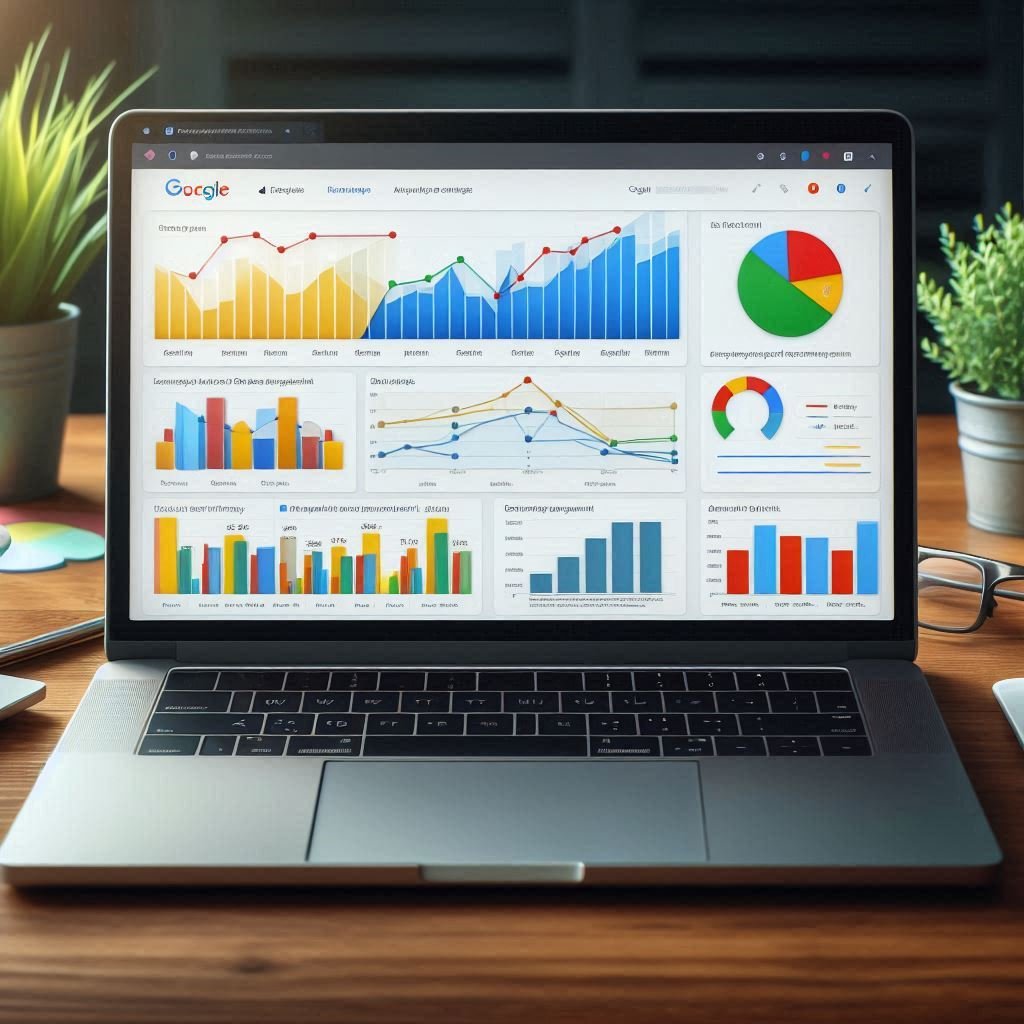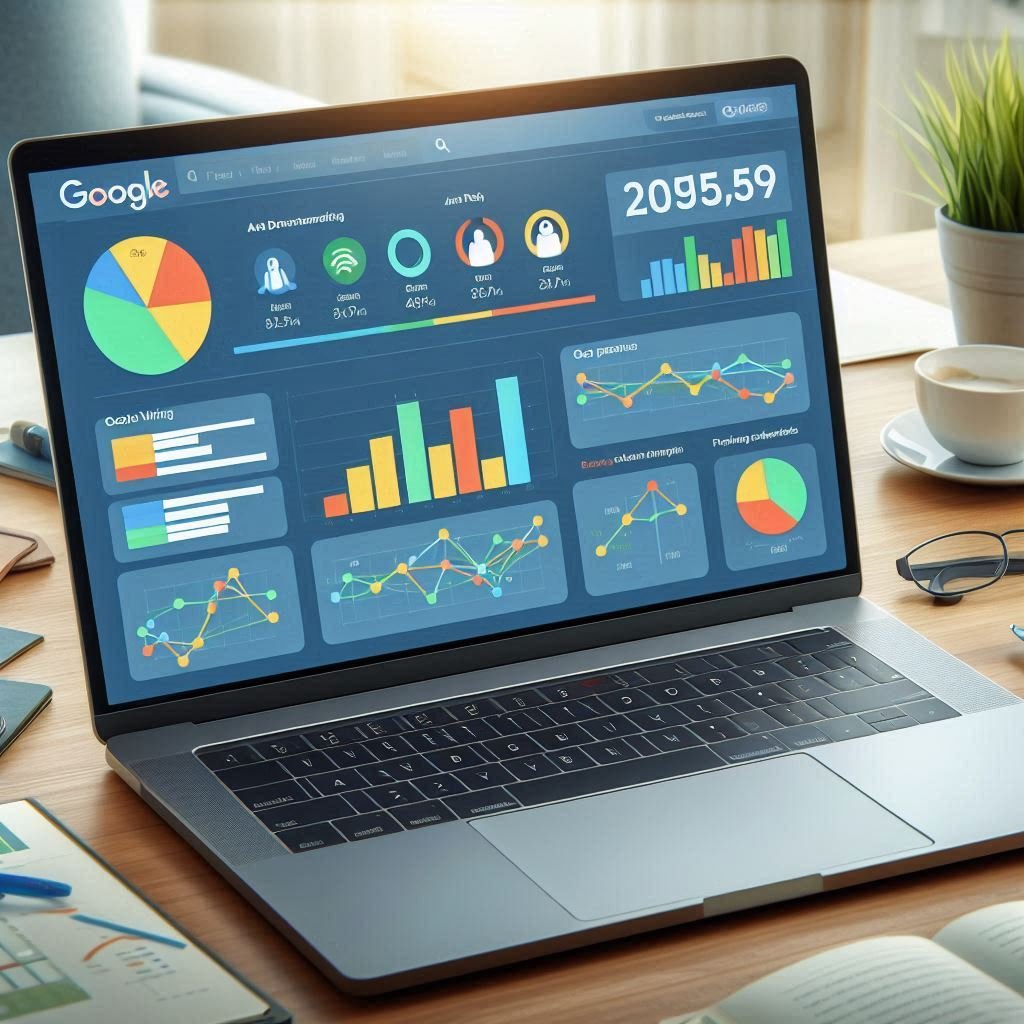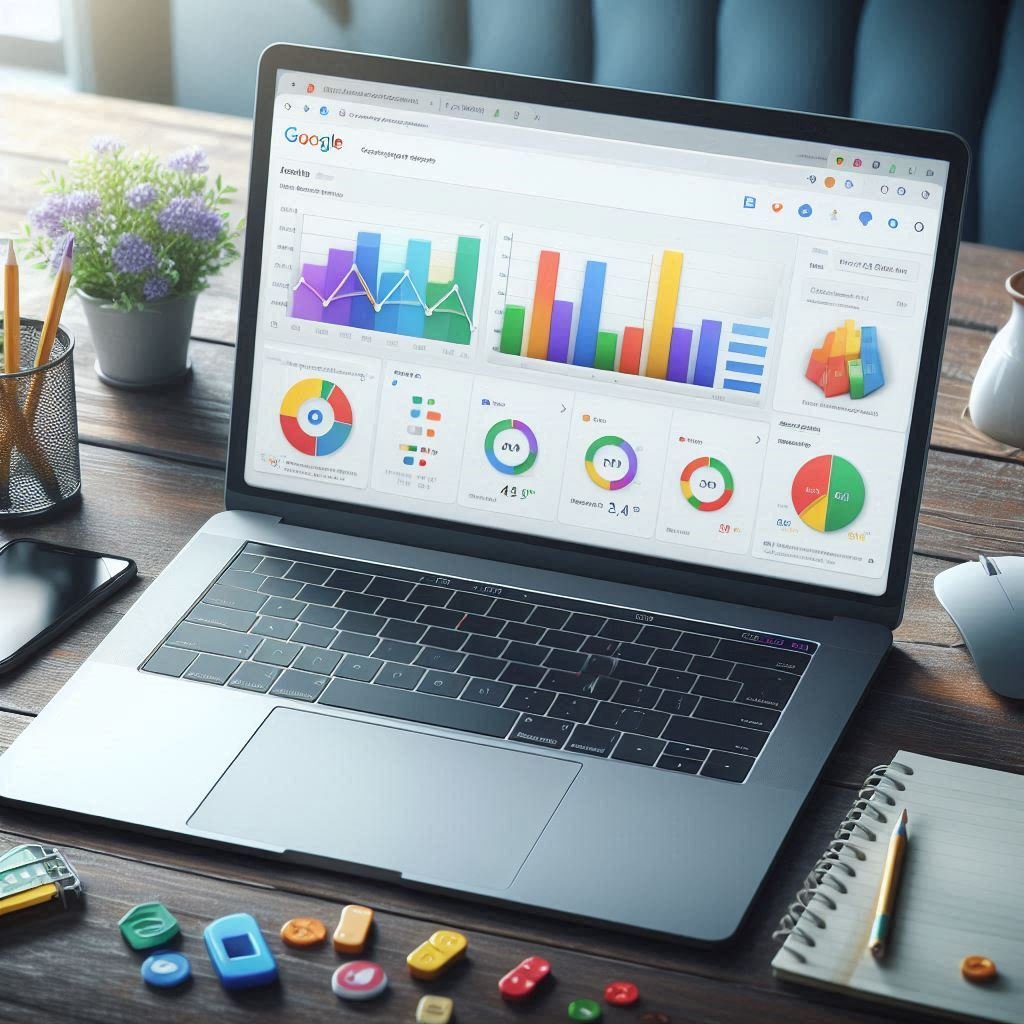Welcome to the dynamic world of Pay-Per-Click (PPC) advertising! If you’re looking to attract targeted customers and boost your ROI, you’re in the right place. This comprehensive guide will help you master PPC advertising, from targeting the right audience to crafting high-converting ads. Let’s dive in and stop wasting your ad spend!
Understanding PPC Advertising
PPC advertising is a model where advertisers pay each time a user clicks on their ad. It’s a powerful tool to drive traffic to your website, increase sales, and improve brand visibility. The most popular platforms for PPC are Google Ads, Bing Ads, and social media sites like Facebook and Instagram.
Why PPC Advertising?
PPC advertising offers several benefits:
- Immediate Results: Start seeing traffic and conversions as soon as your campaign goes live.
- Targeted Reach: Show ads to users who are most likely to be interested in your products.
- Budget Control: Set your budget and only pay when someone clicks on your ad.
- Measurable ROI: Track performance metrics to see how your campaigns are doing.
- Scalability: Easily adjust your campaigns as your business grows.
Key Components of PPC Advertising
To succeed with PPC, you need to understand its key components:
- Keywords
- Ad Copy
- Landing Pages
- Bidding
- Targeting

Keywords
Keywords are the foundation of PPC advertising. They are the words and phrases users type into search engines. Choosing the right keywords ensures your ads appear to the right audience.
- Keyword Research: Use tools like Google Keyword Planner to find relevant keywords.
- Long-Tail Keywords: These are longer and more specific phrases. They often have lower competition and higher conversion rates.
- Negative Keywords: Exclude these keywords to prevent your ads from showing to the wrong audience.
Ad Copy
Your ad copy is crucial for attracting clicks. It should be compelling, clear, and relevant to the user’s search query.
- Headline: Capture attention with a strong headline.
- Description: Provide a concise and persuasive description of your offer.
- Call to Action (CTA): Encourage users to take the next step, like “Buy Now” or “Learn More.”
Landing Pages
A landing page is where users arrive after clicking your ad. It should be designed to convert visitors into customers.
- Relevance: Ensure your landing page content matches your ad.
- Clarity: Make it easy for visitors to understand your offer.
- CTA: Include a clear and prominent call to action.
- Mobile-Friendly: Ensure your landing page looks great on all devices.

Bidding
Bidding determines how much you pay for each click on your ad. The right strategy can help you get the most out of your budget.
- Manual Bidding: Set your maximum cost-per-click (CPC) for each keyword.
- Automated Bidding: Let the platform adjust your bids to achieve your goals.
- Enhanced CPC: Adjust bids based on the likelihood of conversion.
Targeting
Targeting ensures your ads are shown to the right audience. Use these strategies to refine your audience:
- Demographics: Target based on age, gender, income, and more.
- Geolocation: Show ads to users in specific locations.
- Device: Target users on desktop, mobile, or tablet.
- Remarketing: Show ads to users who have previously visited your site.
Crafting a Winning PPC Strategy
A successful PPC strategy involves careful planning and execution. Follow these steps to create your winning strategy:

1. Define Your Goals
Start by defining clear and measurable goals. Common goals include:
- Increasing Website Traffic: Drive more visitors to your site.
- Generating Leads: Capture contact information from potential customers.
- Boosting Sales: Increase the number of sales or transactions.
- Raising Brand Awareness: Improve visibility and recognition of your brand.
2. Conduct Keyword Research
Effective keyword research is essential for PPC success. Follow these steps:
- Brainstorm: List words and phrases related to your products or services.
- Use Tools: Utilize keyword research tools like Google Keyword Planner, SEMrush, or Ahrefs.
- Analyze Competitors: Look at the keywords your competitors are using.
- Refine: Choose a mix of broad, exact match, and long-tail keywords.
3. Create Compelling Ads
Your ads need to stand out and attract clicks. Here’s how:
- Write Strong Headlines: Make them attention-grabbing and relevant.
- Craft Persuasive Descriptions: Highlight the benefits and features of your offer.
- Include CTAs: Use clear and action-oriented calls to action.
- A/B Testing: Test different versions of your ads to see which performs best.
4. Design Effective Landing Pages
A well-designed landing page is crucial for conversions. Follow these tips:
- Keep it Relevant: Ensure your landing page content aligns with your ad.
- Simplify: Avoid clutter and keep the design clean.
- Focus on Benefits: Highlight the benefits of your product or service.
- Use Strong CTAs: Make it easy for visitors to take the next step.
5. Set a Budget
Determine how much you’re willing to spend on your PPC campaigns. Consider the following:
- Daily/Monthly Budget: Set a budget for each day or month.
- Bid Strategy: Choose between manual or automated bidding.
- ROI Goals: Ensure your budget aligns with your return on investment goals.
6. Monitor and Optimize
Regularly monitoring and optimizing your PPC campaigns is key to success. Focus on these areas:
- CTR (Click-Through Rate): The percentage of people who click on your ad.
- Conversion Rate: The percentage of visitors who complete a desired action.
- CPA (Cost Per Acquisition): The cost of acquiring a new customer.
- Quality Score: A measure of the quality and relevance of your ads and keywords.

Advanced PPC Techniques
Once you’ve mastered the basics, use these advanced techniques to further improve your PPC campaigns:
Remarketing
Remarketing shows ads to users who have previously visited your website. This keeps your brand top-of-mind and encourages them to return.
- Website Visitors: Target users who visited specific pages.
- Cart Abandoners: Show ads to users who added items to their cart but didn’t purchase.
- Past Customers: Encourage repeat purchases from existing customers.
Lookalike Audiences
Lookalike audiences are similar to your existing customers. Use data from your current audience to find and target new potential customers.
- Source Audience: Use data from your email list or website visitors.
- Similarity Threshold: Adjust the threshold to balance reach and accuracy.
- Platforms: Create lookalike audiences on platforms like Facebook and LinkedIn.
Dynamic Search Ads
Dynamic search ads automatically generate ad headlines and landing pages based on your website content. This ensures your ads are always relevant.
- Automation: Save time by automating ad creation.
- Relevance: Ensure your ads match user search queries.
- Optimization: Continuously optimize based on performance data.
Geo-Targeting
Geo-targeting allows you to show ads to users in specific locations. This is especially useful for local businesses.
- Local Campaigns: Target users within a specific radius of your business.
- Regional Campaigns: Focus on users in particular cities or regions.
- International Campaigns: Show ads to users in different countries.
Ad Extensions
Ad extensions provide additional information and enhance your ads. Use these to improve your ad performance:
- Sitelink Extensions: Link to specific pages on your website.
- Call Extensions: Add a phone number to your ad.
- Location Extensions: Show your business address and map.
- Review Extensions: Include positive reviews or testimonials.
Measuring PPC Success
To ensure your PPC campaigns are effective, track and measure your success. Focus on these key metrics:
- Impressions: The number of times your ad is shown.
- Clicks: The number of times users click on your ad.
- CTR: The percentage of impressions that result in clicks.
- Conversions: The number of users who take a desired action.
- CPA: The cost of acquiring a new customer.
- ROI: The revenue generated from your ads compared to the cost.
Use tools like Google Analytics, Google Ads, and other platform-specific analytics tools to monitor these metrics.
Conclusion
Mastering PPC advertising can transform your business by attracting targeted customers and skyrocketing your ROI. By understanding the key components, crafting a solid strategy, and using advanced techniques, you can achieve your marketing goals. Stay enthusiastic, keep learnin
